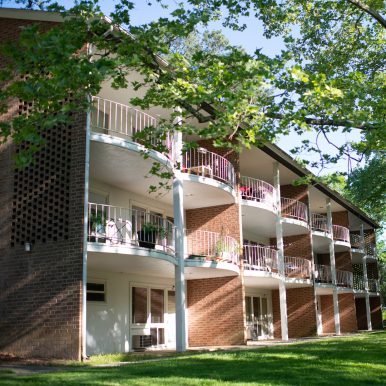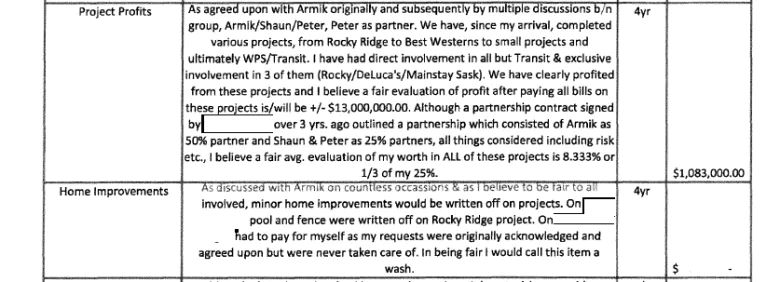Choosing the Perfect Home Design for Your Family

Deciding on the right home design for your family is a huge decision. The layout, size, and features of your home will shape your daily life for years to come.
Determine Your Must-Haves
Before looking at any house plans, make a list of the absolute must-have features your new home requires. How many bedrooms and bathrooms do you need? Do you want all the living spaces on one level or multiple floors? Will you need space for hobbies, a home office, or ageing parents one day? Rank these priorities from most to least important.
Consider Your Lifestyle
Think about your current and future lifestyle when selecting a home design. If you love to cook and entertain, an open kitchen opening to living areas may be ideal. For families with young kids, you may want bedrooms close together or a fenced yard. Or if you are avid DIYers, a basement or garage workshop could be key.
Leave Room to Grow
While choosing a design that suits your current lifestyle, also think about how your needs could change over the next 5-10 years. Choose flexible, adaptable layouts. Finishing a basement later for more space is easier than adding an addition.
Study the Floor Plan
Of course, the floor plan or layout is the most important factor in choosing a home design. Consider the flow and function of the space as you go about your daily routines. Carefully evaluate plans with your family’s needs in mind.
Build on Your Land
If you already own property, you may have the option of not just renovating, but building a brand-new dream home from scratch right on your own lot. The experts at Jamestown Estate Homes say that if you build on your land, you have a fresh start to create something custom tailored to your family, instead of having to compromise.
Make It Efficient
No matter which home design you choose, look for features that will make it energy efficient and low maintenance. Things like open floor plans that use less heating/cooling, energy efficient windows, and durable materials like brick or stone veneer. This saves you money over time.
Let There Be Light
Few factors affect how a home feels as much as the amount of natural light. As you consider layouts, note how many windows each room has and where they are positioned. Great rooms and main living areas need maximum light exposure.
Maximize Versatility
If staying in your home for decades, versatility is key so that spaces can adapt to your changing needs over time. That could mean building a small suite over the garage for rental income now, but usable for in-laws down the road. Or choosing plans with flex rooms that can start as playrooms but later convert to studies or hobby rooms.
Make it Personal
While looking at builders’ floor plans and model homes can be a great inspiration, do not settle for something completely standard. Customize interior and exterior design elements to your unique style. Simple changes like adjusting window placement, wainscot accents, coffered ceilings, built-ins, and architectural detailing turn a basic home into your dream.
Don’t Sacrifice Storage
No matter how large or small of a home design you choose, you will never have enough storage. Walk-in pantries, linen closets, basements, and garage spaces are essential for keeping homes clutter-free. Also consider maximizing closet systems and adding built-in shelving or cabinets wherever possible.
Conclusion
Getting the home design right is crucial when building new or renovating. With some careful planning and professional guidance, your new abode will suit your family’s needs and style for years of happy living.





